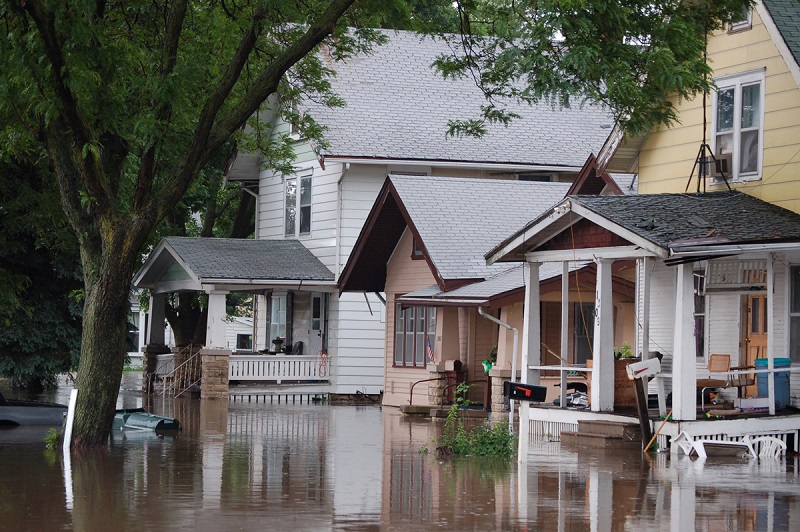
How much do you know about your flood risk? It’s not as cut-and-dry as one might think – and it doesn’t take a Category 4 hurricane to see the effects of heavy rainfall. Many of us tend to think that living outside of a coastal area will keep us safe from flooding caused by hurricanes and tropical storms, but don’t let out of sight mean out of mind.
In fact, every single state in the United States has experienced floods in the past year. Anywhere it can rain, it can flood — so protecting what matters with a flood insurance policy may be the most important decision you make this year. Whether you live on the coast or hundreds of miles inland, floods are still a significant risk to your property.
If you’re looking to potentially save thousands of dollars, we suggest that you read and share some of these tidbits on flooding and flood insurance that will help you and your family in the long term.
1. Flooding is the nation’s most common and costly natural disaster.
In 2014, the average flood insurance policy cost about $700 a year, while the average National Flood Insurance Program (NFIP) flood claim was nearly $30,000. In addition, over 20 percent of all NFIP flood insurance claims come from areas outside of mapped high-risk flood zones. On October 1, 2021, FEMA introduced Risk Rating 2.0, a new pricing methodology for insurance premiums. Rather than relying on flood zones, the National Flood Insurance Program (NFIP) will assess the risk of each individual property. You’ll likely see more reasonable insurance rates that reflect a property’s flood risk, and more accurate flood maps.
What type of home loan is right for you?
Discover your loan options and secure the right mortgage to fit your needs.
2. Most homeowners insurance doesn’t cover damage due to flooding.
What type of home loan is right for you?
Review your insurance policies to know what is and — more importantly — what is not. Contact your insurance agent to review your coverage and to purchase a flood insurance policy. If you don’t have an insurance agent that offers flood insurance, use the Agent Locator Tool through FloodSmart.gov, the website for the national marketing and education campaign of the NFIP.
3. Flood insurance policies typically take 30 days to go into effect.
Buy flood insurance now, before it’s too late. Having a plan in place doesn’t make you overly cautious; it makes you prepared to protect what matters. Don’t take risks. Be FloodSmart. Learn more at FloodSmart.gov.
Note: This is a guest post; the views and opinions expressed are those of the author and do not necessarily reflect the opinion or position of Redfin.



























 United States
United States Canada
Canada